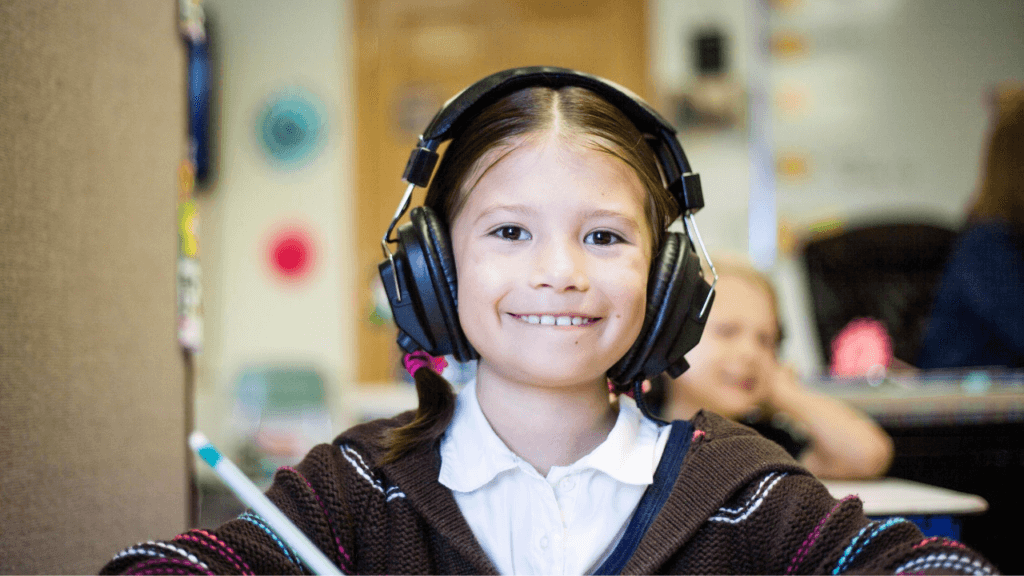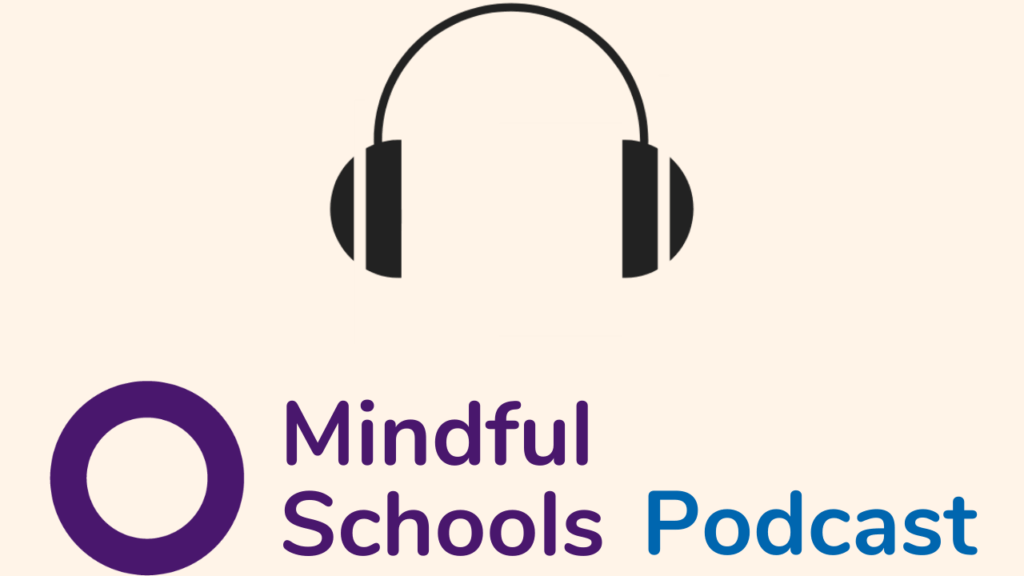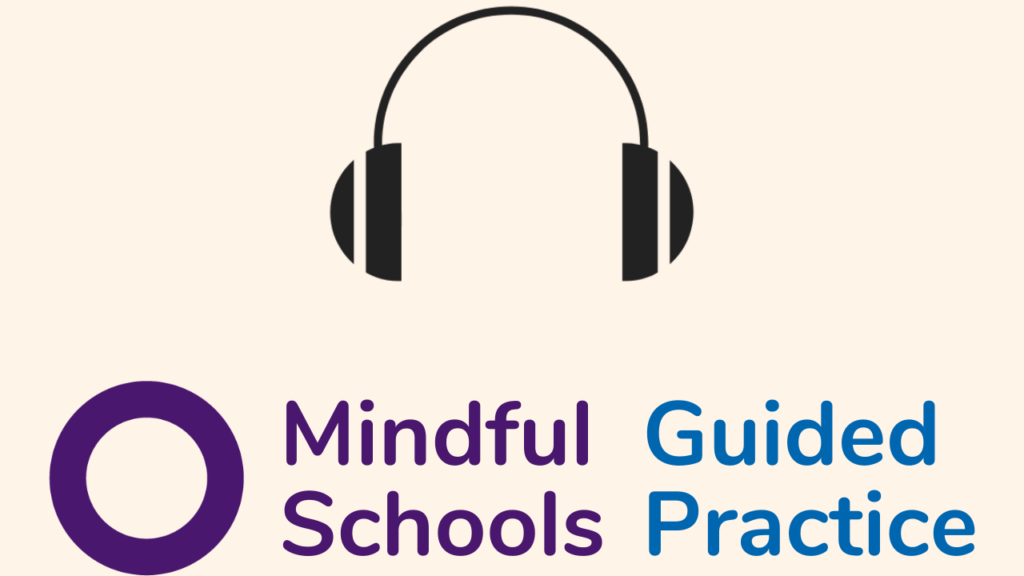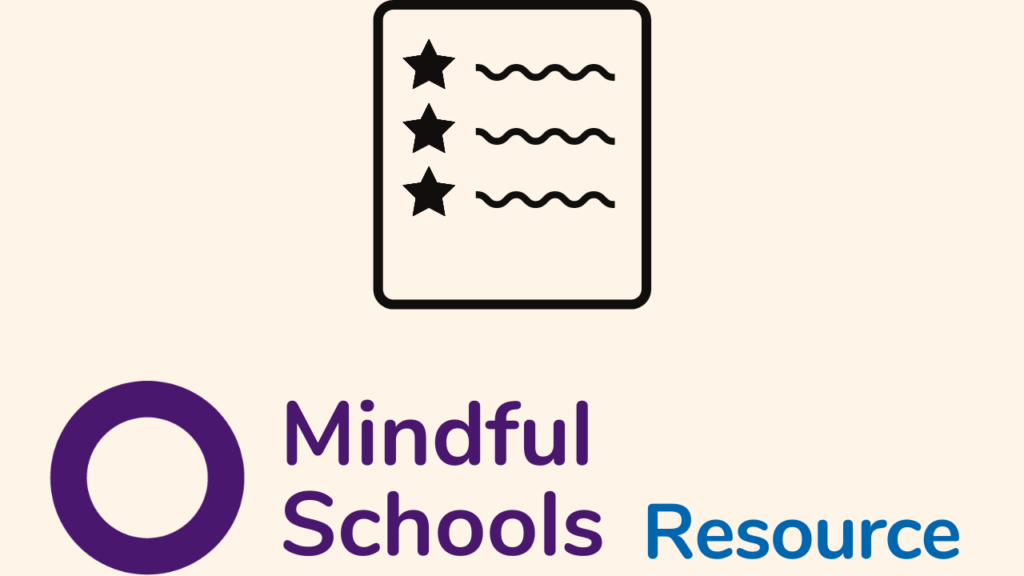This fall, how will your virtual classroom feel? In this year’s unique back-to-school kit, we bring our focus and awareness to connection and certainty –– during what may feel like a disconnected and highly uncertain time. Listen to the NEW Mindful Schools Podcast and a guided mindfulness practice, and read 9 tips to build connection in a virtual classroom.

Included In This Back-to-School Kit:

Ep1: Meet the Team
Ep2: Back-to-School Amidst Uncertainty

Loving Kindness Meditation

Article: 9 Ways to Build Connection in the Virtual Classroom
(Read Below)
9 Ways to Build Connection in the Virtual Classroom
By Megan Sweet and Erica Marcus
As school resumes this fall, it is looking vastly different than any year in recent memory. For educators, there are so many unknowns. The only certainty is that teaching venues and formats may change multiple times throughout the year, and that educators will need to be resilient and flexible as they respond to developments with the pandemic and the impacts on their students.
At Mindful Schools, we are focused on how mindfulness can support teachers amidst this uncertainty, both as individuals and as educators. We have a long history of offering learning experiences virtually, and most recently conducted three of our summer mindfulness retreats online instead of in-person. Now we’re ready to “pull back the curtain” and share our tips for creating and maintaining a feeling of connection to and among our participants, in the hope that they are supportive of you and your students.
To start, we’ve found it helpful to focus on what we can control and on the many effective instructional strategies we know work well with learners. We think of these as constants, no matter what else changes about how/where instruction is delivered, these strategies will promote community and connection between teachers and students. We’ve grouped these constants into three categories below: Self, Students, and Environment.
YOUR SELF:
At Mindful Schools, we use our nervous systems as the intervention, as studies show that students absorb the stress of their teachers. When attending to your “self” in an online setting, ask: How do I generate and maintain stability, and then radiate that to my students, through a screen?
Try these two strategies:
1. Camera ready: Before getting on an online call, strive to be fully present for your students. Build in a few moments to connect with yourself and with the present moment before going live.
Try: Before starting, let your eyes close or soften your gaze and sink your focus into your body. Connect with your feet on the floor, seat in the chair, and have a sense of your spine lengthening upwards. Invite in a sense of being grounded.
2. Camera rolling: Once you are in the meeting, strive to create a sense of connection with your students through your eyes, gestures, and tone of voice.
Try: Position the camera so that it is as close to eye level as possible and experiment with looking into it to make “eye contact.” Keeping notes up near the camera can help maintain this sense of connection.
Consider how your tone may be an energizing or calming force for your students, and adopt that which best matches your intentions for that time. Because we are all still learning how to best communicate on this platform, consider slowing everything down, both your speech and wait time, to allow for that tech learning to occur.
YOUR STUDENTS:
When leading instruction, strive to use differentiated engagement strategies to keep your instruction relevant and interesting for your students. Luckily, many engagement strategies that work well in person translate naturally to an online environment!
When attending to student learning, ask: How can I support students to connect to their own experiences and to stay engaged online?
Try these four strategies:
3. Ice breakers: Use ice-breakers and other opportunities for your students to engage with one another online is a way of building community.
Try: A scavenger hunt! At one of the Mindful School retreats this summer, participants were asked to bring back “Something shiny/Something fancy/Something silly/Something cozy.” If students don’t have their camera on, they can still describe the object they chose.
4. Check-ins: Just as you seek to connect with yourself and what you are feeling before you start teaching online, also invite ways for your students to share their internal experiences.
Try: A weather system check in. Have students write in the chatbox how they are feeling in this moment in the form of a weather system. Use your own check in as the example (I am feeling windy). Affirm that all emotional experiences are welcome and natural to have at any moment.
5. Employ a variety of sharing strategies: Just as when teaching in-person, getting feedback and engagement from students is a great way to gauge how the content is landing and to keep young people involved in their learning.
Try: Asking for a thumbs up, use the chat box for one word check ins or polls, invite students into smaller breakout rooms for more intimate shares, or even ask students write/draw and hold the image up to the camera. Find different ways of hearing from voices in the room.
6. Personalize it: We have found that the online environment provides new and different opportunities to invite all voices/experiences into the room, many of which can be nonverbal.
Try: Have students create a virtual background that best represents themselves or how they are feeling. Use the emoji responses available in the online platform you are using and encourage students to respond to one another by posting a thumbs up, a “plus one” or other affirming cues to show that they are listening to one another.
YOUR ENVIRONMENT:
Just as when we teach in-person, setting the tone for how students interact with us and with one another is vital to creating a safe and supportive learning environment.
When considering how to create a positive environment, ask: How do I build connection and care in our virtual space? How do I create a “safe-enough” container for my students?
Try these three strategies:
7. Norms/boundaries: Review your norms at the start of each meeting, and name specific and additional boundaries as necessary.
Try: Create your list of online learning expectations and invite students to read through them together—let them give feedback or ask clarifying questions, then revise to reflect their input or explain why something you included is important to create a safe learning space.
8. Ritual: Try using consistent practices to signal the beginning and end of sessions, as well as common rituals throughout instruction so students can orient themselves and follow your lead.
Try: Starting the period with music (feel free to solicit requests from students, but listen first to make sure they are appropriate!); ring a bell at the beginning and end. Take three breaths together. Give a group virtual high five at the end of every period.
9. Trauma sensitive strategies: Employ methods that help students to feel safe together in the online environment.
Try: Try these ideas from David Treleaven:
- Agenda: Create and share an agenda for each class so your students know what to expect.
- Camera options: Not all students will feel comfortable sharing their home lives and may want to keep the camera off for legitimate reasons. Consider inviting all students to generate a virtual background so no one has to stand out.
- Chat: You may want to turn the chat off if it becomes a distraction to the class, or explicitly teach how it is/is not to be used during different times throughout the session.
- Breakout groups: Because these are harder to monitor, these require some pre-teaching around how to be together in a small group. Start by reflecting on if breakout groups are the right thing for your class at the time you’d like to offer them.
While these times can feel challenging and overwhelming, it is comforting to know that many of our tried and true teaching strategies can support us now. We encourage you to hold yourselves closely and to give yourselves tons of love and patience as you start this school year. As in any other year, there will be high moments and unexpected twists, moments of pure joy as well as heartbreak. Teachers are creative, resilient, adaptive and strong. You will find a way to meet this moment, just as you have so many others in the past. Our message to all the teachers out there is simple: We love you, keep going!
